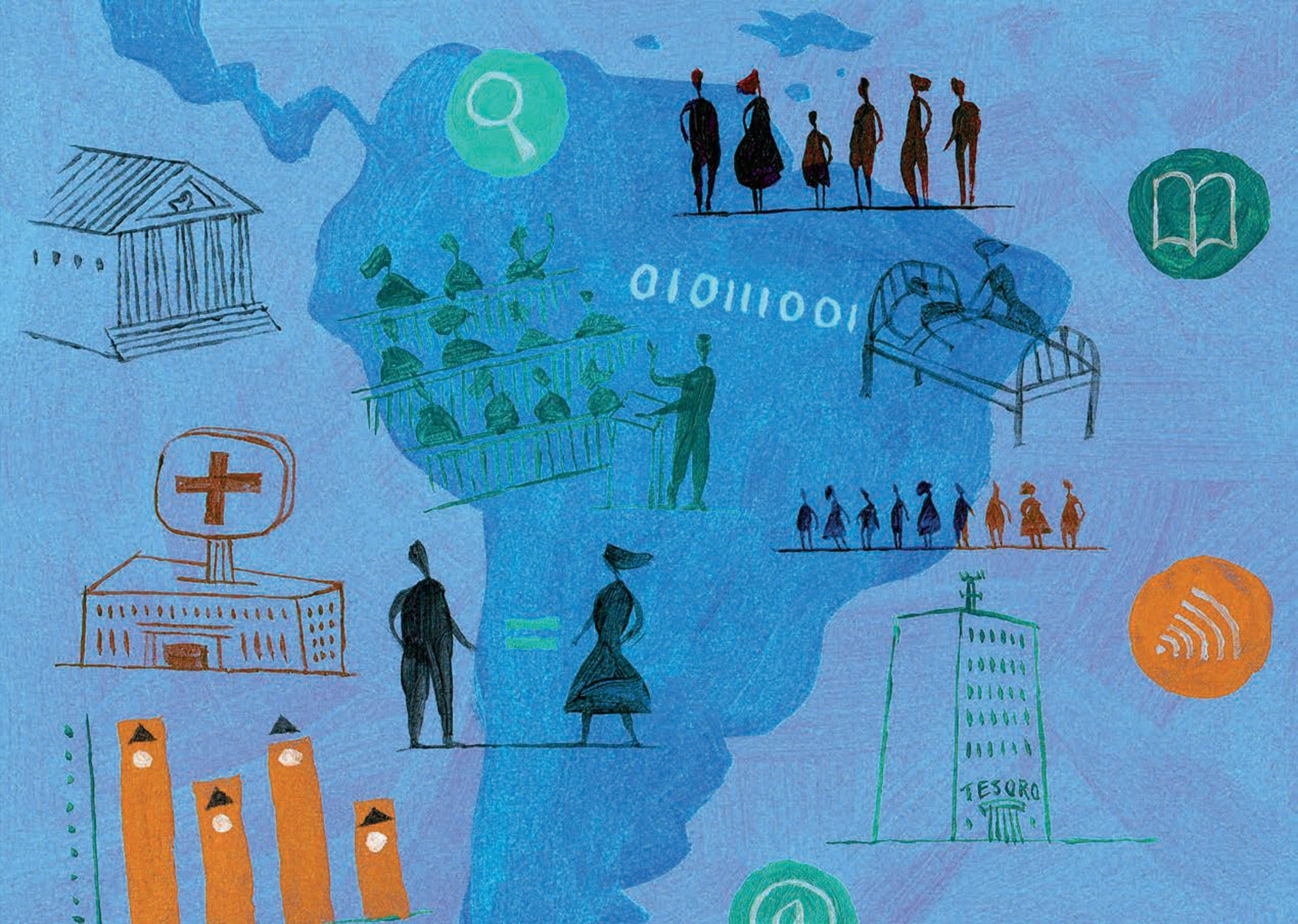General government gross debt represents governments’ outstanding liabilities stemming from the need to finance deficits through borrowing. Governments accumulate debt to finance expenditures above their revenues. In the long run, debt can help for instance the development of infrastructure that could trigger economic growth. In turn, fluctuations of the exchange and interest rates can have a strong effect on government debt when it has a relevant foreign currency component (as it is the case in several LAC countries), creating vulnerability to external conditions.
In 2018, the average debt level in LAC countries reached 64.7% of GDP. Between 2007 and 2018, debt increased by 17.2 p.p. across LAC countries. That is relatively low when compared to an increase of 35.5 p.p. in OECD countries during the same time period. Despite still recording the third highest debt in the region (94.3% of GDP), Jamaica is the country were debt decreased the most (20.1 p.p.) over the 11-year period; helped by an IMF programme for fiscal recovery accompanying a set of fiscal reforms. The other LAC countries that managed to decrease their debt levels over the same period are Panama (9.7 p.p.), Guyana (8.0 p.p.) and Peru (5.7 p.p.).
Conversely, the highest increases during the 2007-2018 period occurred in Suriname (55.3 p.p.), Barbados (48.3 p.p.), Trinidad and Tobago (28.8 p.p.) and Costa Rica (26.5 p.p.). The steep increase in Suriname’ debt could be explained by its dependency on the mining industry and its vulnerability to changes in mineral prices. The drop in international commodity prices and the cessation of alumina mining in Suriname significantly reduced government revenue and reduced GDP growth over the past few years. In response, the government only established a stabilization fund in 2017 and highly devalued the local currency and resorted to debt for financing public expenditure (IMF, 2018).
Between 2007 and 2018, the annual average growth rate of real government debt per capita in LAC countries was 3.9%, reaching an average of USD 10 656 PPP per capita in 2018. In turn, the average growth rate of real government debt per capita in OECD countries was higher (4.6%), reaching an average of USD 55 219 PPP per capita in 2018. During the 11-year period, Chile strongly increased its debt per capita (21 p.p.) and Jamaica was the only LAC country where it decreased it (-2.2 p.p.), see online graph. It is expected that debt in the LAC region will continue to grow in the near future to partially compensate for, among others, the stabilization of commodity prices at comparatively low levels, slower economic growth and increasing expectations and demands from the population for governments to provide more public goods and services.


